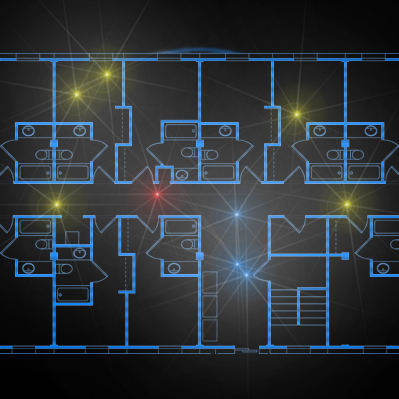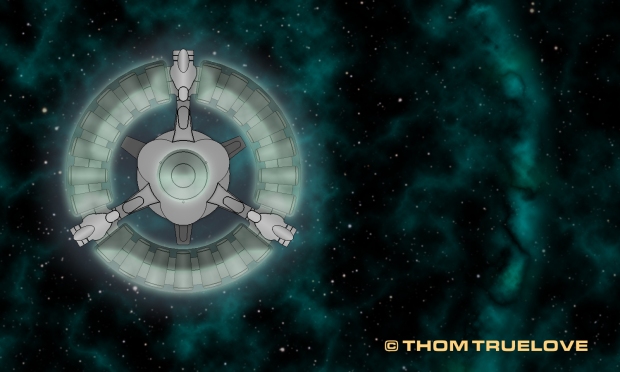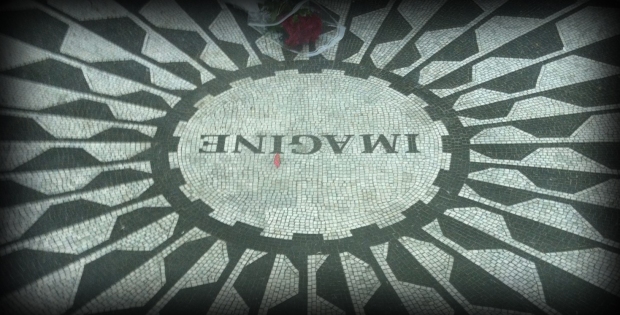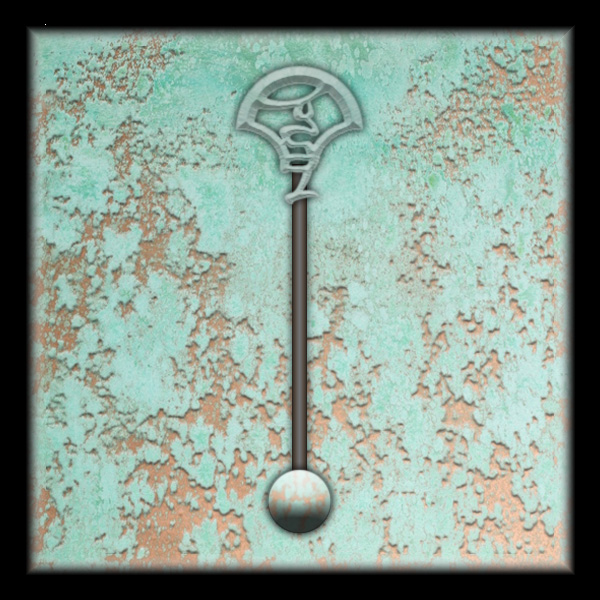Visualization can get sometimes get in the way of manifestation. I had started to develop a map of a hypothetical planet in orbit around the larger star in the Alpha Fornacis binary system, a location in Astral. What does the story need from such a map?
While I was in high school Ralph Bakshi’s animated version of The Lord of the Rings was released. Some educators including my English teacher seized the opportunity to introduce a classic of modern literature. There is, of course, the famous map of Middle-Earth of which there are now countless variations. Pauline Baynes, trained as a cartographer during World War II while a volunteer with the Ministry of Defence, did the original work.
J. R. R. Tolkien was very impressed by Miss Baynes’ talent though some of his friends suggested that her work reduced his “to a commentary on the drawings”. He viewed her mapmaking as presenting a “collateral theme” and introduced her to C. S. Lewis. Some of how we view Narnia is still influenced by her imagination.
Maps tell stories just as novels do. If used in conjunction they must help tell the same story. Does it help show how long and/or arduous a physical journey is? Are there warnings about potential dangers along the way? Is the map equivalent to a trail of breadcrumbs away from Rosina Leckermaul or a length of thread leading back to Ariadne? Proper use of a map helps shape the narrative and defines the characters.
Don’t get me wrong; I’m very pro-map. One of the things I’ll catch myself wondering when I pick up a science fiction or fantasy novel, “I hope there’s a map.” As a fan of fiction I think I rather expect a nice, fancy map. But why map α For Aa?
Building an illustration of the network of Earth’s five dozen future colony worlds helped establish the sociopolitical environment of Astral. The concerns and attitudes of the major characters grew out of my understanding of how humans had spread into interstellar space. Part of the motive of the murderer stems from the star map.
In a setting where terraforming is somewhat commonplace – and the character of any given planet can therefore be changed to suit settlers – there’s less need to map the planet’s surface. Moving from future city’s public transit station to another seems far less important to map out when some of the characters have already traveled more than 20 light-years before the story begins.
I’ve done animations of rotating fictional worlds before but I’d forgotten how time-consuming that can be. From time to time now I will have to ask myself, “What does this contribute to the story?”, which is a polite way of asking, “Are you wasting your time on this detail?”

This afternoon I remembered something I’d made eight years ago. In Astral, the locations that matter are those along the way in pursuit of the murderer and where justice may be meted out. Less spinning globe and more floor plan, then. And I won’t need to sketch out any rooms; real buildings are everywhere as a menu of locations.

From preschool on, we’re told that imagination is a virtue. It is, in fact, the first tool of any artist whether with images or words – unless you happen to be one of those lucky people for whom a blank page or canvas is a Muse in itself. In order to invite and guide a reader to explore any new world, the author must be a diligent scout first. A writer of any sort owes those who may follow his or her lead not to be distracted along the first trail blazed.
From the end of May 1985 to the day before Halloween of 1992 (first on HBO and then shown by USA Network), each episode of The Ray Bradbury Theatre began with the author’s description of himself as a pack rat of things that helped him dream stories into being. The introduction concluded with Mr. Bradbury saying, “And the trip? Exactly one half exhilaration, exactly one half terror.”
If a map helps along the way it is a valuable tool. If not it’s another item of clutter.
⛰

 covered the idea of using precognition in circumventing crime and I’m going down a very different road.
covered the idea of using precognition in circumventing crime and I’m going down a very different road.







